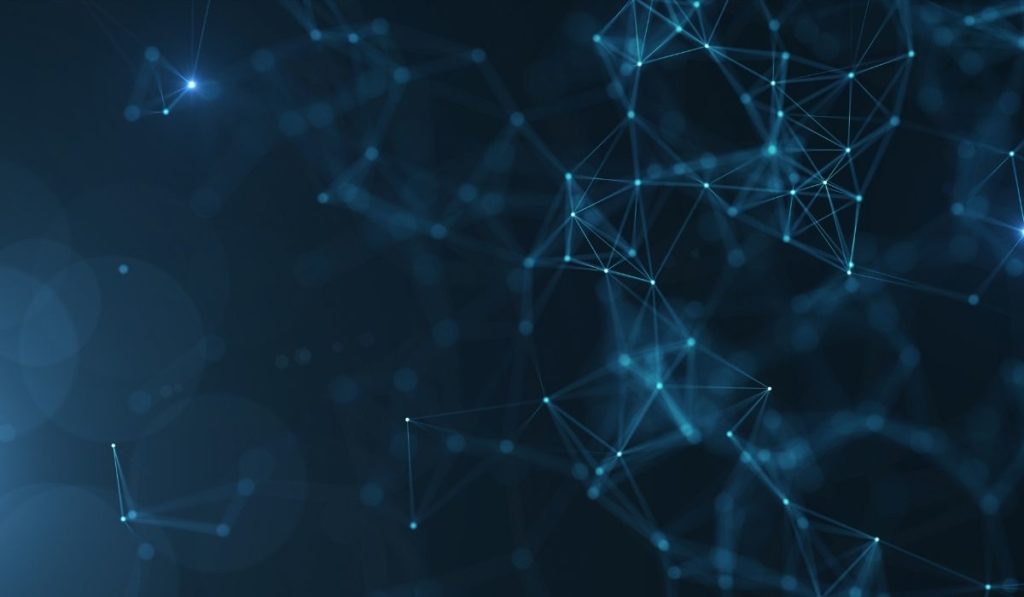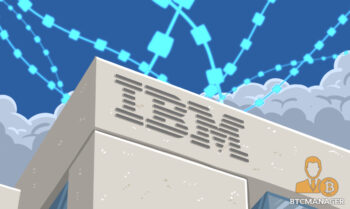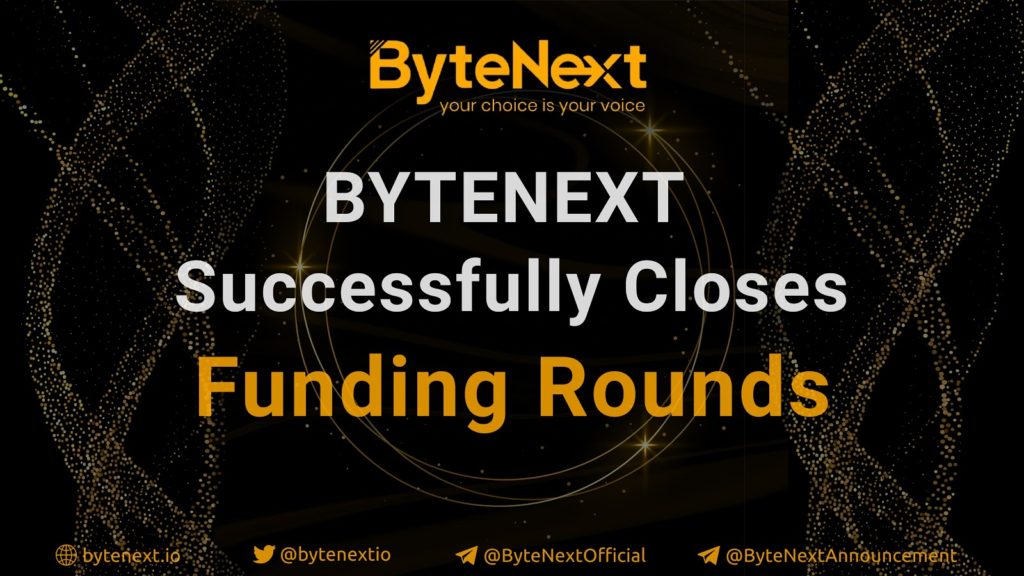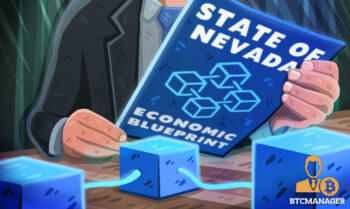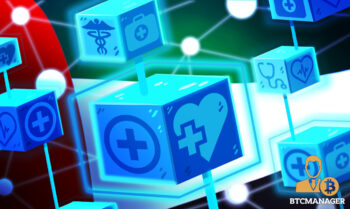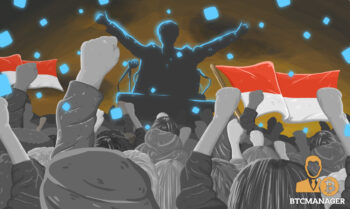2018-10-30 12:27 |
Blockchain technology was able to revolutionize and improve several industries all over the world. The financial sector was one of the most benefited sectors after being enhanced by blockchain technology. However, is it possible for distributed ledger technology (DLT) to help the science and medicine sectors?
This is what Roger Aitken, contributor at Forbes tries to discover in a recent article. He says that the last few decades have witnessed important innovations in medicine, science and technology. And indeed, these industries improved as never before in history. An important part of this growth is related to the investment allocated in computers that help scientists help solve problems more efficiently and faster.
With the growth of artificial intelligence (AI) and blockchain technology, with the implementation of neural networks, these new computers can apply their more efficient system to solve issues that require a fast solution.
One of the industries that can benefit from these technologies is the STEAM industry – which stands for science, technology, engineering and mathematics. According to Aitken, the research firm Forrester said that the investment in AI was going to triple in 2017. Moreover, another firm known as Gartner, said that AI was going to grow by around 85% by 2020. Another company, Tractica, projected the sector to be worth $36.8 billion dollars globally in 2025.
AI is able to grow in environments where it is necessary to scan billions of data points such as genes and identify and correctly interpret emerging patterns, says Gartner. This would have a deep impact in cancer treatments, and improve the drugs that can be used as a treatment for many diseases. The author of the article explains that AI made a very important impact in cancer research in which the doctors were able to distinguish between dangerous skin marks and harmless ones. And indeed, the system was tested against a panel of experts in dermatology and the new system was able to detect skin cancer with an accuracy rate of 95%. The impressive thing is that doctors and experts were able to do it in just 87% of the cases.
Although these new technologies are able to solve problems faster and better than the human brain is capable of, these computers and datasets are more resource-intensive. In general, there are several costs of maintaining a centralized source of processing power. Aitken puts that into comparison. Just two years ago, it took over 26 hours to map a human genome. Now it can take an hour. But the costs of doing so are substantial.
As AI and blockchain technology consume large amounts of energy, it is yet inefficient to start innovating with these technologies. But this is something that could change in the future. The author mentions that by 2025, the global data sphere will grow to 163 zettabytes, something that the current computational networks cannot handle.
Siim Ounap, COO of the cryptocurrency company Savii Digital, commented about it:
“One of the little-known reasons behind the creation of the Bitcoin protocol was to get enough computing power to solve complex mathematical problems that no one computer could solve by itself. As the process went on, it evolved and virtual currency was born.”
Mr. Ounap says that computing power created an ideal solution to combine hardware efforts to power.
According to Aitken, the next revolution will come with AI and hardware and computational power. He explains that it is very important to give AI and blockchain technology a more efficient energy source.
At the same time, he says that for the first time in history, human species are able to deal with a technology that is as powerful as global supercomputing and AI. These technologies are changing several aspects of our lives and the world.
AI is able to leverage hybrid data superstructures and blockchain to build an intelligence layer on top of the internet. Knowing this, companies have started to invest in DLT to acquire a new status quo in computational capacity and data processes.
At the moment, geneticist that need to work with a client’s genome or 3D animator, they can outsource the task to other specialized companies such as Amazon. Amazon, for example, uses its data centers to return an already finished product. However, this is not he most efficient process.
This is why, a service such as Tatau, a decentralized marketplace of idle GPU power will be matching the processing needs that a project requires.
On the matter, Andrew Fraser, co-Founder and CEO of TATAU.io, said:
“Demand for AI computation is doubling every 3.5 months with costs increasing proportionately. Traditional suppliers, such as Amazon and Microsoft, use price as a lever to control usage – this restricts innovation.”
This company was able to raise $1.5 million dollars in April and complete a proof-of-computation in May. The goal is to launch the platform in June 2019.
Another recognized computational network is the Golem network, which has no central authority and it is known as the Airbnb for Computers. The system works by leveraging users’ available processing power into a massive pool that users can employ for different projects.
Aitken sys that these ideas are very important since they come at an opportune moment in which humanity faces questions about medicine, technology, mathematics and more.
The last thing he says is that hardware is also a relevant consideration to take into account. These machines need to find a new efficient way to work in order to reduce the energy consumption and improve overall results.
origin »High Performance Blockchain (HPB) на Currencies.ru
|
|





